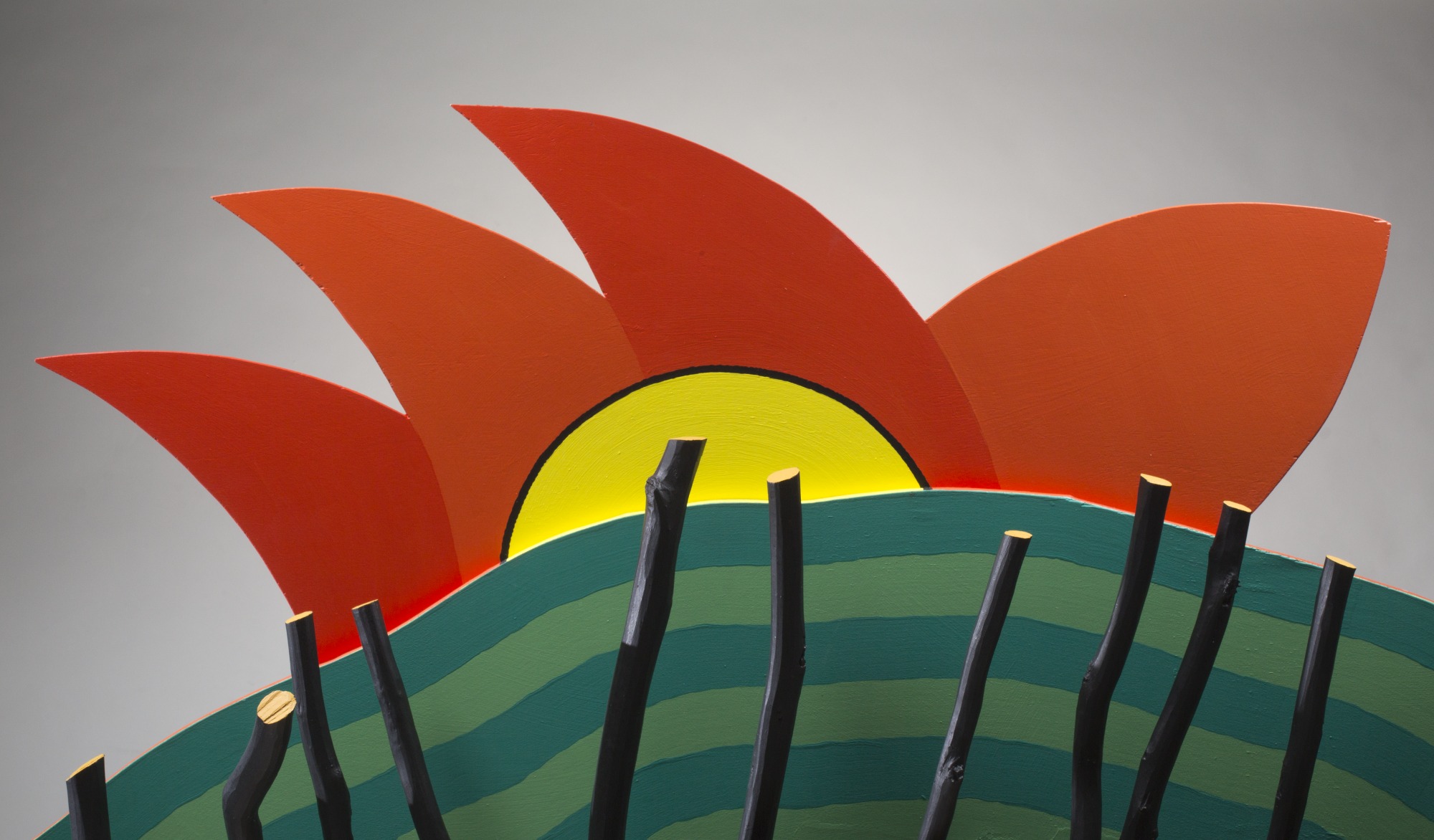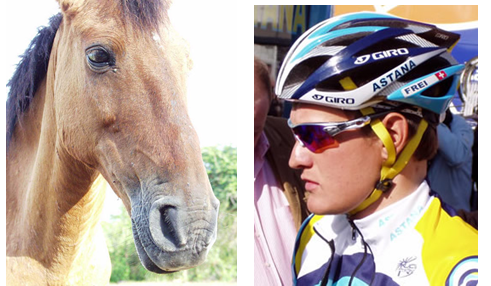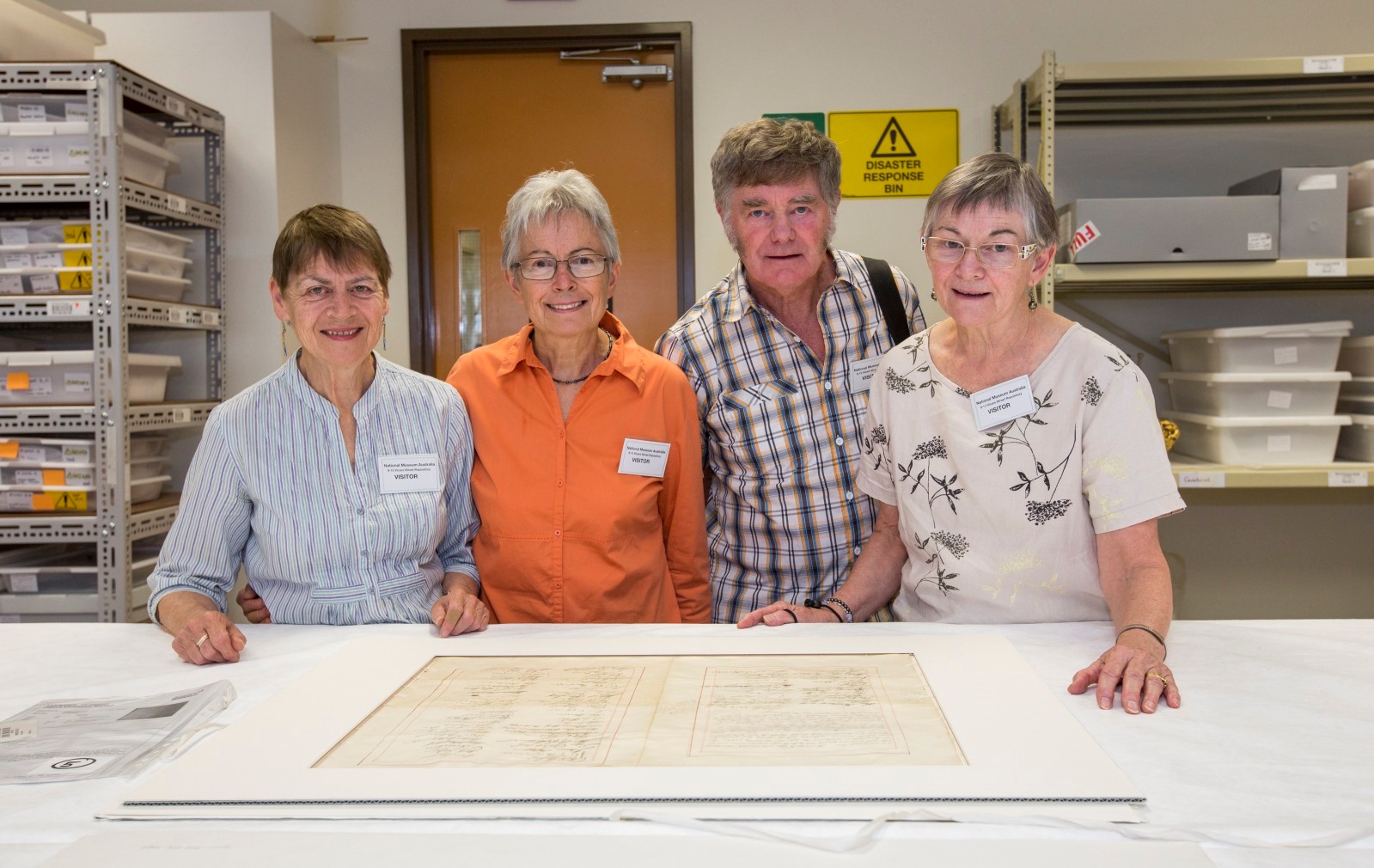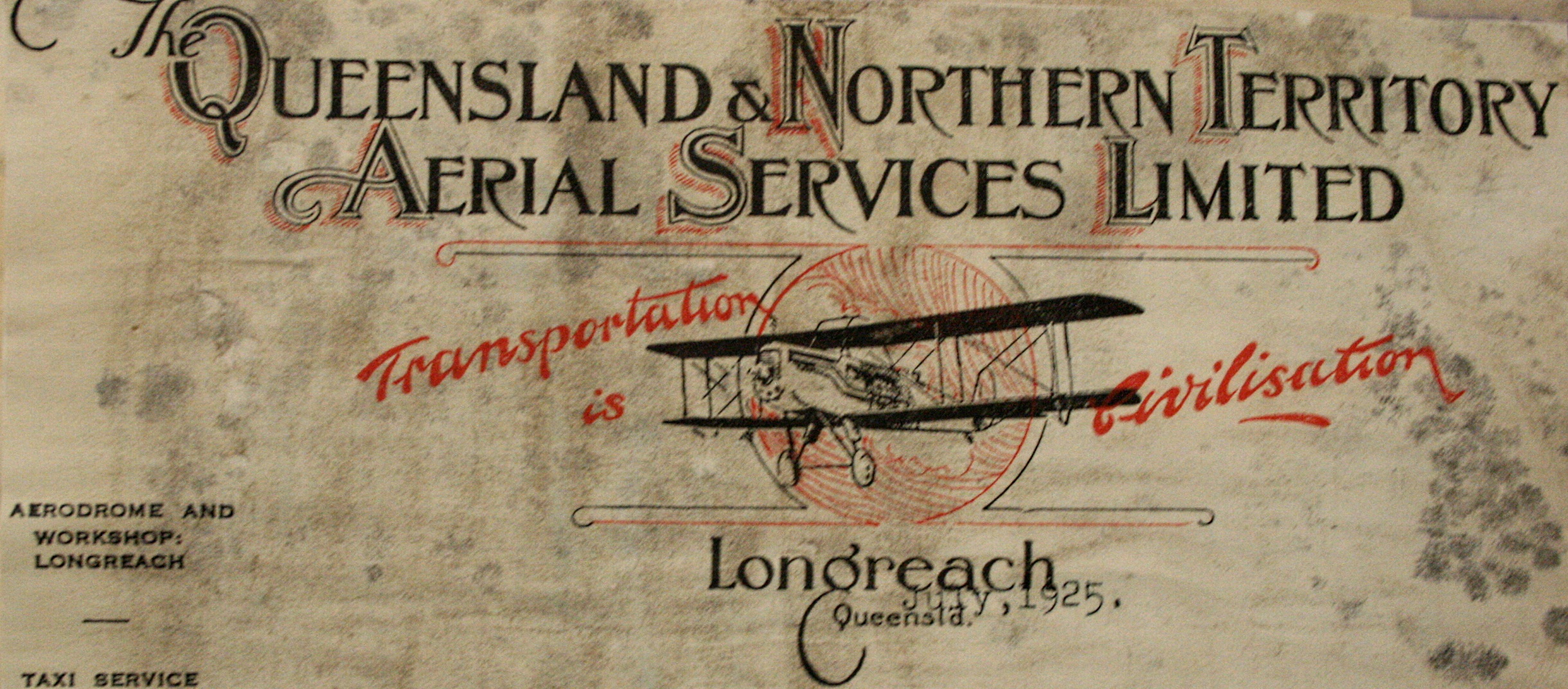Science & suburbs: new stories about food
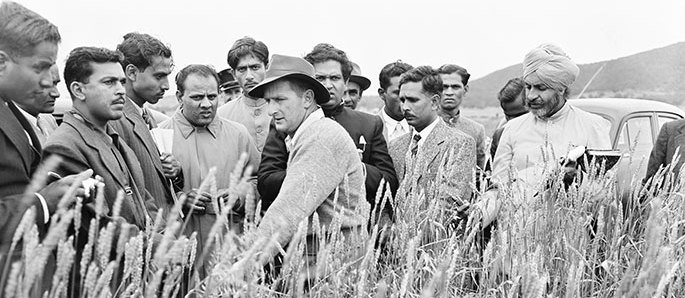
We’ve uploaded some fascinating new pages onto the Museum’s Food Stories website. The pages feature a stump-jump plough, and reveal its close ties to Majura Primary School, our Food Stories partner school in the ACT.
Majura Primary School students live in houses built upon paddocks and scientific plots formerly managed by the Commonwealth Scientific and Industrial Research Organisation (CSIRO), which operated the Dickson Experiment Station on the lower slopes of Mount Majura between 1940 and 1962.
Much to the annoyance of CSIRO research scientists working at the Station, the rapid expansion of suburban Canberra after World War Two eventually forced the transfer of their activities to a site near the western boundary of the ACT. By 1965, the patchwork of small paddocks once groomed by the stump-jump plough now held by the Museum had vanished beneath roads, playing fields, schools, shops, houses and gardens.
Recently I had the privilege of meeting Hart Schroeder, Allan Axelsen and Kevin Prendergast, who had all spent time working at Dickson Experiment Station in the 1950s. We sat and talked in winter sunshine, beside brick buildings constructed by CSIRO to house offices and workshops, and later converted into suburban shops and a community hall.

In the late 1950s, in paddocks beside Mount Majura, Hart had investigated the potential of imported grasses for nourishing the grazing herds and flocks of inland New South Wales. Understandings generated by his trials of the perennial grass Phalaris, now one of Australia’s key pasture species, transformed regional ecologies. Allan shared stories of his experiments into the animal side of the pastoral equation. Dickson Experiment Station had its own sheep flock, and throughout the 1950s, Allan worked alongside other scientists to measure the effectiveness of different pasture species and grazing techniques in producing meat and wool.
Kevin had worked on the Station tending animals held onsite for the John Curtin School of Medical Research. He also spent time driving a truck to and from Sydney, to meet ships arriving from Britain with School staff relocating from London to the School’s new base at the Australian National University. Well before the construction of the freeways that now link Sydney and Canberra, Kevin did the trip in only four and a half hours. As he spoke, I imagined the bewildered scientists and their families, as Kevin tore along country roads and through villages, to arrive in the bush capital, to populate new suburban homes amid sheep and dust, beside scrubby hills.
To see photos of the stump-jump plough used on Dickson Experiment Station to grow food crops and pastures, and to read more about the shifting ways people have drawn nourishment from the land and waterways of the Majura area, visit the Majura food history webpage.
(Top image: Mount Majura rises behind a group of visiting Indian farmers inspecting a wheat crop on Dickson Experiment Station, 1955. Photo: W. Pederson. Courtesy: National Archives of Australia, A1501)
